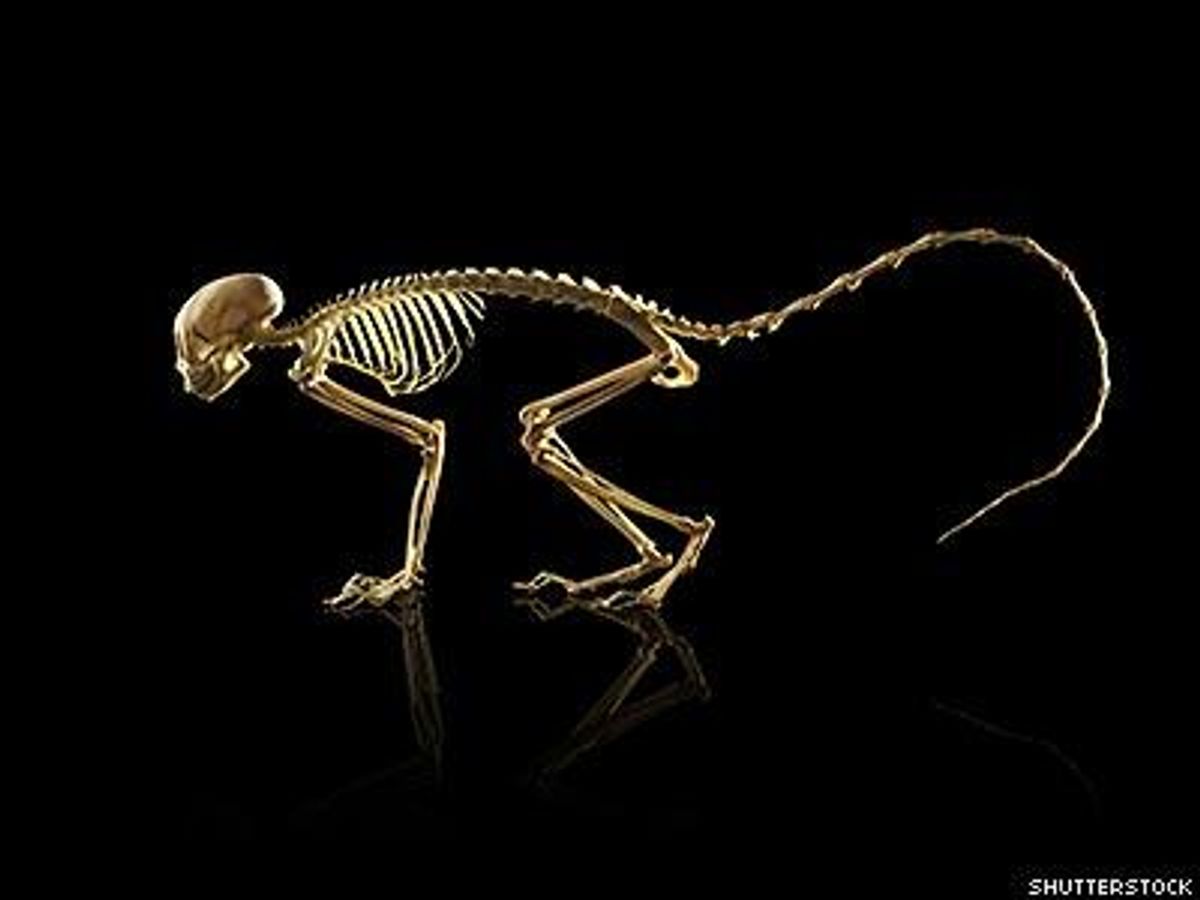 A new study published August 20 in the journal PLOS Pathogens reveals that simian immunodeficiency virus (SIV) has evolved with some Old World monkeys for up to 16 million years giving them – and the virus – an eternity to develop adaptation to each other, which helps explain why the virus has less of an impact on monkeys than HIV does on humans.
A new study published August 20 in the journal PLOS Pathogens reveals that simian immunodeficiency virus (SIV) has evolved with some Old World monkeys for up to 16 million years giving them – and the virus – an eternity to develop adaptation to each other, which helps explain why the virus has less of an impact on monkeys than HIV does on humans.
"SIV has been in them so long that they sort of deal with it the way we deal with herpes virus," the study co-author Welkin Johnson, a biology professor at Boston College told Live Science. Although most humans have the herpes simplex virus, or HSV, only some develop symptoms like oral herpes (HSV-1) or genital herpes (HSV-2). That's because humans have adapted to the virus, Johnson said.
HIV in humans is the result of SIV jumping from chimpanzees to humans. Such jumps are most comon between species that have close genetic relationship. But while HIV can kill without treatment, SIV usually isn't deadly in monkeys.
One strategy that monkeys evolved to fight SIV is found in a gene called TRIM5. In monkeys, TRIM5 protects their cells from the virus by producing a protein that prevents SIV from multiplying. Although human’s have their own version of TRIM5, it does not protect against HIV.
The researchers created an evolutionary family tree for the TRIM5 gene, then analyzed and compared the gene’s complete protein-coding DNA sequence in 22 African primate species. Their findings revealed adaptive changes specific to the TRIM5 proteins in a subfamily of Old World monkeys including baboons, macaques and mangabeys. Since ancestors common to all Old World monkeys don't have the adaptive changes, the researchers determined that SIV didn't exist before the subfamily branched off of the primate evolutionary tree. This revealed that SIV's ancestor viruses began infecting these monkeys around 11 million to 16 million years ago.
The researchers then reconstructed the million-year-old genes and modern TRIM5 genes and exposed various retroviruses to them to determine which genes were resistant to which virus. They were able to pinpoint an unusual amino-acid alteration in the TRIM5 protein in the subfamily of monkeys not seen in other species. Without the adaptation, TRIM5’s ability to recognize SIV strains was altered, but that didn’t change TRIM5’s ability to recognize other retroviruses Johnson told Live Science.
The millions of years of evolution have left monkeys able to fight SIV enough to avoid the kind of immune system illnesses that humans experience with AIDS. Obviously HIV-positive patients aren’t willing to wait for humans to co-evolve with HIV long to naturally build up a resistance to the virus. Fortunately, researchers hope to use this new knowledge about SIV to help them fight HIV.
But there's nothing like 16 million years to make the last 30 years seem like a blink of the eye.

 A new study published August 20 in the journal
A new study published August 20 in the journal 











































































